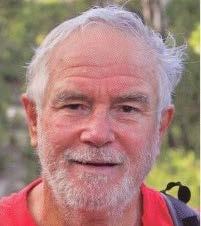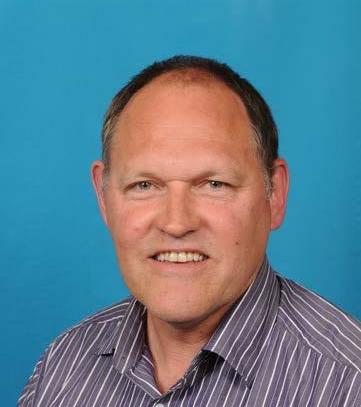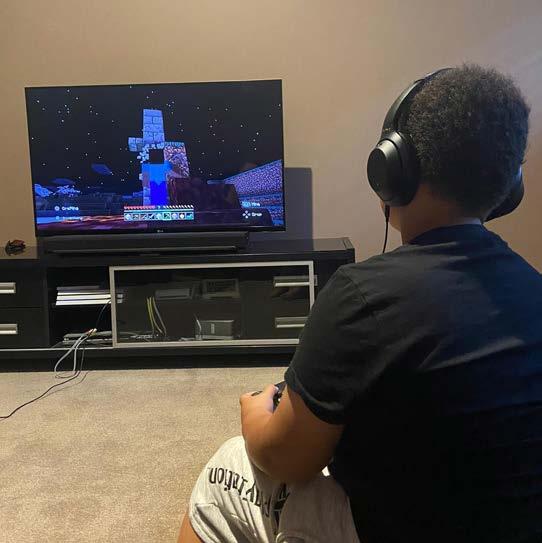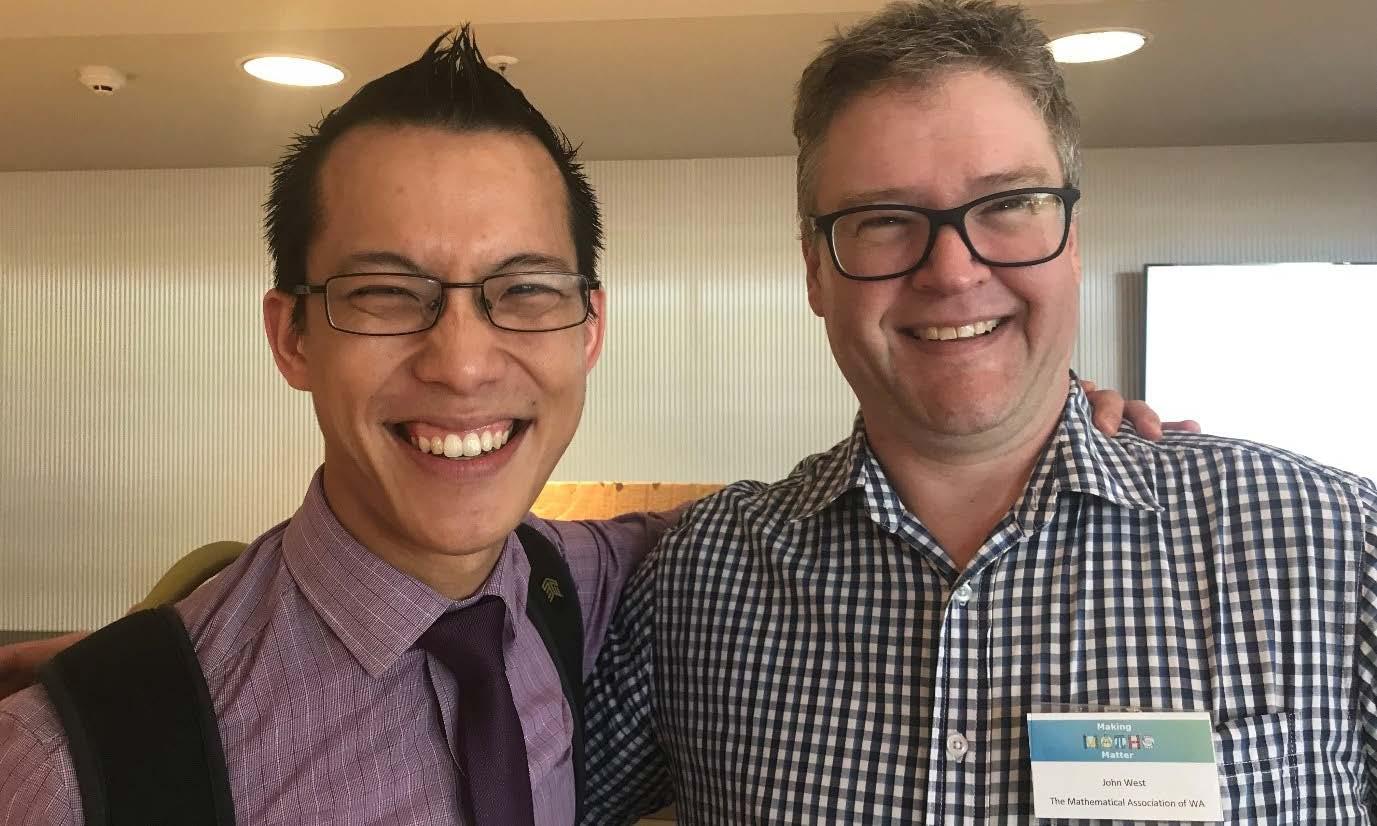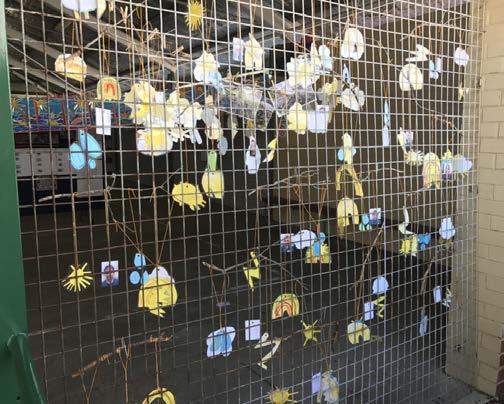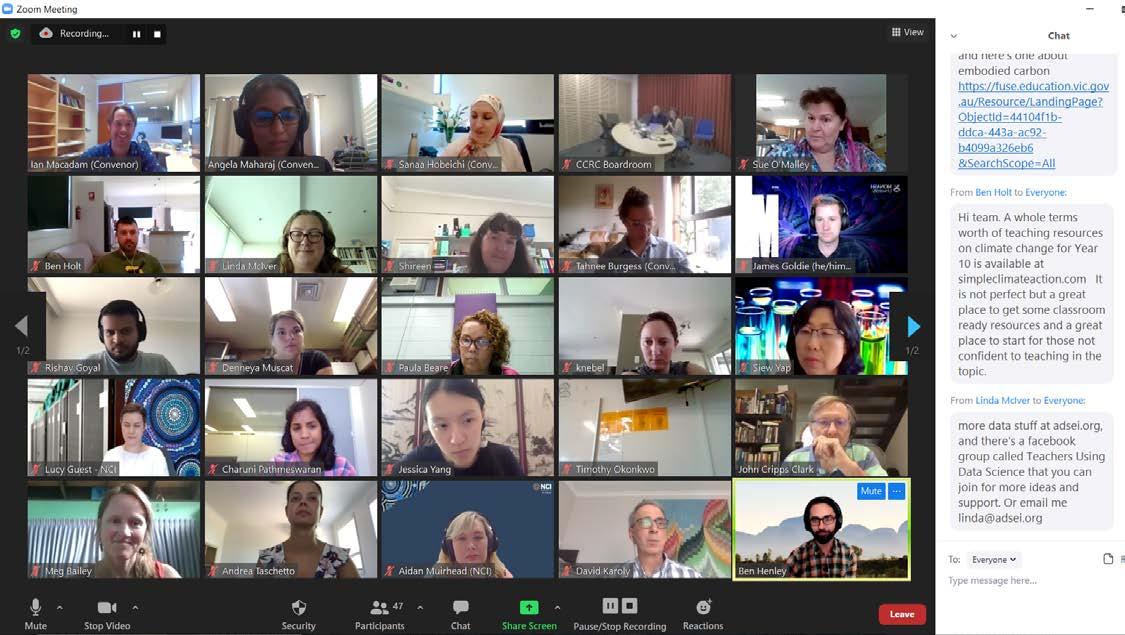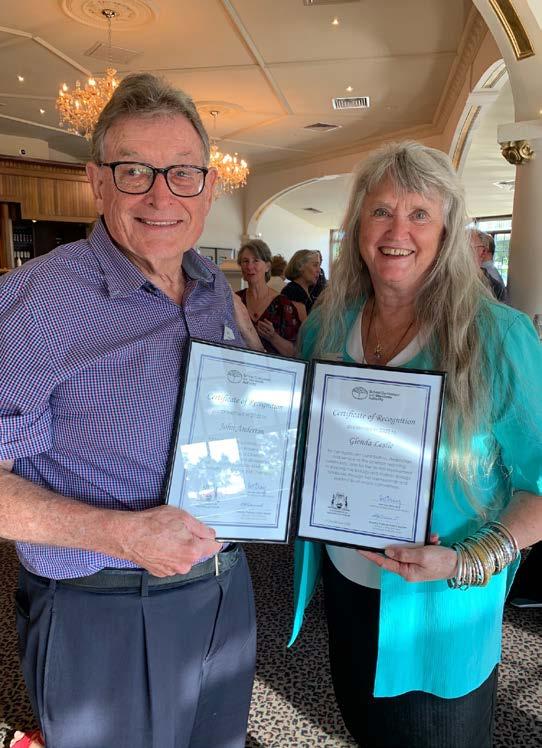
3 minute read
Editorial
from SCIOS March 2021 Volume 61
by STAWA
In this issue, we choose to explore the use of mathematics in science or science in mathematics education. In our high-tech globally competitive society, a young person’s ability and confidence to do mathematics and science is critical. Yet at the same time, we recognise that in a test-driven curriculum where students and teachers are evaluated on student performance based on reading and mathematics standardised test scores, teaching meaningful science supported by the conceptual mathematical thinking, remains a challenge. The increasing emphasis on STEM well documented by research shows using an interdisciplinary or integrated curriculum provides opportunities for more relevant, less fragmented, and more stimulating experiences for learners.
Our contributors for this issue highlight that one of the fundamental problems in schools today is the `silo’ or `separate subject’ or `layer cake’ approach to knowledge and skills. Often students cannot solve problems because they do not understand the context in which problems are embedded. The idea that each subject curriculum stands on its own can be viewed as a jigsaw puzzle without any picture. If done properly, integration of mathematics and science could bring together overlapping concepts and principles in a meaningful way and enrich the learning context. Learning situated in such enriched (macro) contexts often lead to meaningful learning experiences. Dr John West, President of MAWA highlighted the need to
Siew Fong Yap
recover the importance of productive disposition and an appreciation of mathematics as a human endeavour that provides the tool necessary for scientific reasoning and inquiry. Dr Christina Lee, an experienced mathematics teacher and teaching academic, shared some personal insights on how a constructivist approach in the use of STEM could be highly engaging and effective. In her words, the teacher-learner experience is significant, timely, emboldening and memorable. Some valuable insights are presented to us by a team of scientists from the Australian Meteorological and Oceanographic Society (AMOS) on the collaboration efforts between practising climate scientists and school educators to write a science curriculum that are at once relevant, situated in real-life settings as well as provoke students into deeper engagement, critical thinking and in-depth understanding of data science as a cross-curriculum with the aim towards helping young people to problemsolve every day.
As noted with the Australian Meteorological Oceanic Society, having scientists in their field of expertise work synchronously with science and mathematics educators in developing rich and relevant curriculum, is an excellent initiative to connect mathematics, science and social science concepts. This initiative exemplifies the move away from the straight subject area approach to involve the identification of a central theme. In developing an integrated science and mathematics unit, this also lends itself to the dual outcomes of motivating
students and increasing student achievement in both disciplines.
I hope that this issue will inspire and encourage our science and mathematics teachers to consider how their instructional strategies in the integration of science and mathematics can bridge the gap between students’ classroom experiences and real-life experiences outside the classroom, as such an authentic engagement would most certainly have a long-lasting positive impact on students’ lives and career choices as well as meet the needs of an ever-increasingly high tech globally competitive society.
Siew Fong Yap
About the Editor
Dr Siew Fong Yap is the Head of Science at Perth’s Kingsway Christian College and a sessional teaching academic at Curtin University, Western Australia. She was recently conferred the title of Adjunct Teaching Fellow of University of Western Australia in recognition of her significant contribution towards research and work of the university in the Graduate School of Education. She is the co-author of Oxford Science Western Australia Curriculum Year 7 – 10 textbooks and is currently developing a series of Oxford Science student workbooks due for publications by December 2021. Her recent chapter book publications are Springer `Contemporary Trends and Issues in Science Education – Science and Religion in Education’ (2020), `The Art of Teaching Science’ (2019) and `A Teacher’s Guide to Teaching Science and Religion in the Classroom’ (2018).


